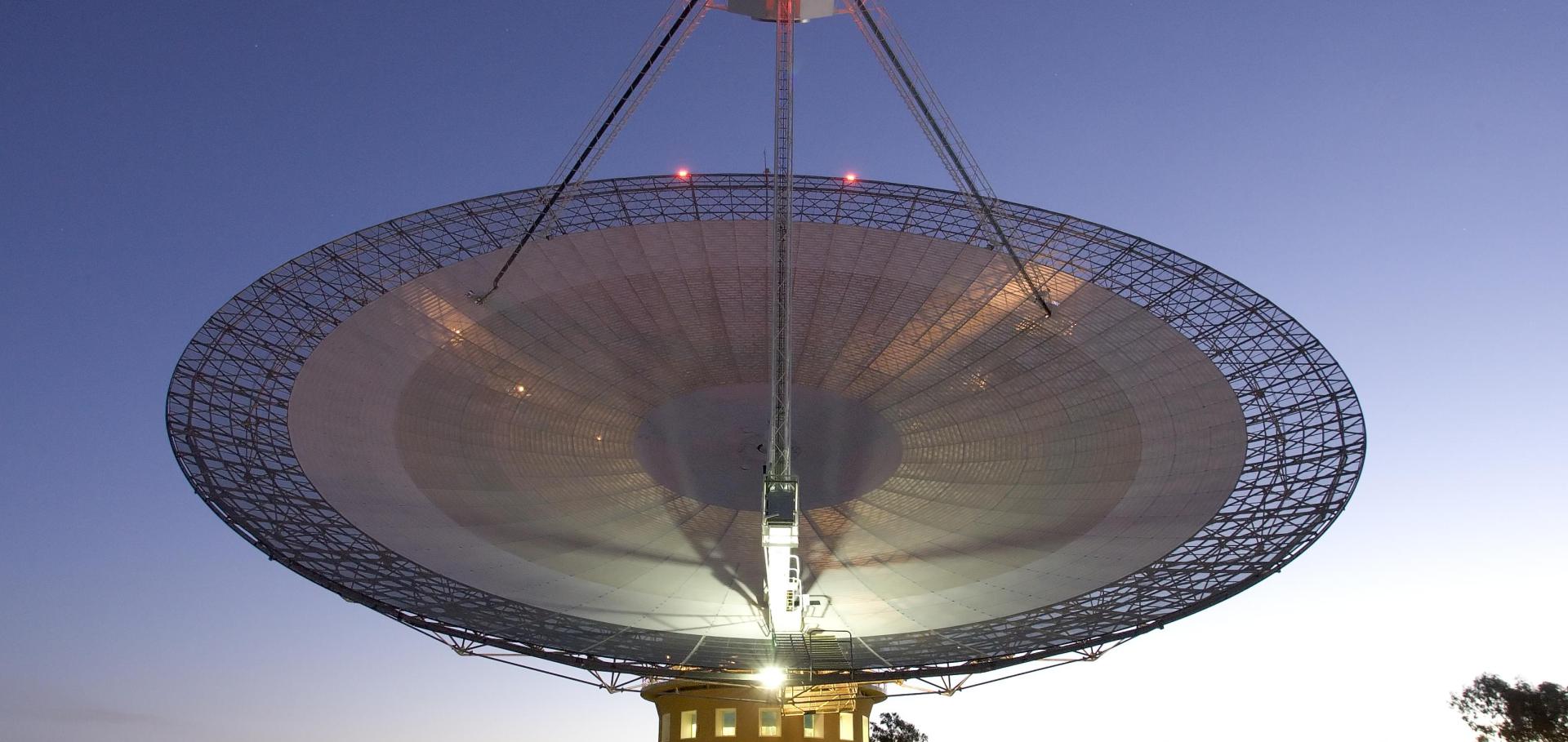Observations of the Disk/Jet Coupling of MAXI J1820+070 during Its Descent to Quiescence
The Astrophysical Journal American Astronomical Society 907:1 (2021) 34
Relativistic X-ray jets from the black hole X-ray binary MAXI J1820+070
Astrophysical Journal Letters American Astronomical Society 895:2 (2020) L31
Abstract:
The black hole MAXI J1820+070 was discovered during its 2018 outburst and was extensively monitored across the electromagnetic spectrum. Following the detection of relativistic radio jets, we obtained four Chandra X-ray observations taken between 2018 November and 2019 June, along with radio observations conducted with the Very Large Array and MeerKAT arrays. We report the discovery of X-ray sources associated with the radio jets moving at relativistic velocities with a possible deceleration at late times. The broadband spectra of the jets are consistent with synchrotron radiation from particles accelerated up to very high energies (>10 TeV) by shocks produced by the jets interacting with the interstellar medium. The minimal internal energy estimated from the X-ray observations for the jets is ~10^41 erg, significantly larger than the energy calculated from the radio flare alone, suggesting most of the energy is possibly not radiated at small scales but released through late-time interactions.An extremely powerful long-lived superluminal ejection from the black hole MAXI J1820+070
(2020)
The 2018 outburst of BHXB H1743−322 as seen with MeerKAT
Monthly Notices of the Royal Astronomical Society Oxford University Press 491:1 (2019) L28-L33
Abstract:
In recent years, the black hole candidate X-ray binary system H1743-322 has undergone outbursts and it has been observed with X-ray and radio telescopes. We present 1.3 GHz MeerKAT radio data from the ThunderKAT Large Survey Project on radio transients for the 2018 outburst of H1743-322. We obtain seven detections from a weekly monitoring programme and use publicly available Swift X-ray Telescope and MAXI data to investigate the radio/X-ray correlation of H1743-322 for this outburst. We compare the 2018 outburst with those reported in the literature for this system and find that the X-ray outburst reported is similar to previously reported 'hard-only' outbursts. As in previous outbursts, H1743-322 follows the 'radio-quiet' correlation in the radio/X-ray plane for black hole X-ray binaries, and the radio spectral index throughout the outburst is consistent with the 'radio-quiet' population.Late-outburst radio flaring in SS Cyg and evidence for a powerful kinetic output channel in cataclysmic variables
Monthly Notices of the Royal Astronomical Society Oxford University Press 490:1 (2019) L76-L80


